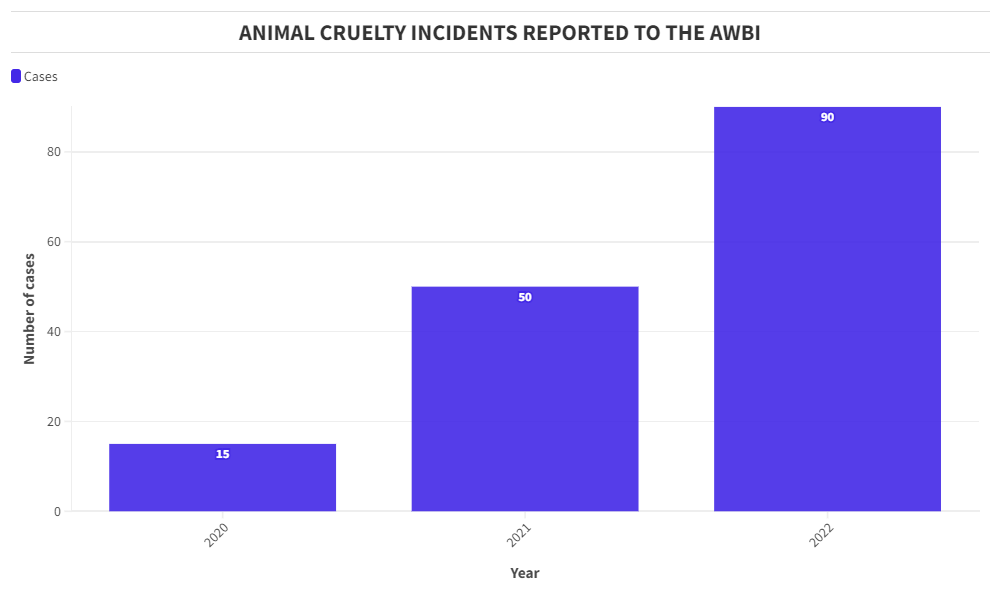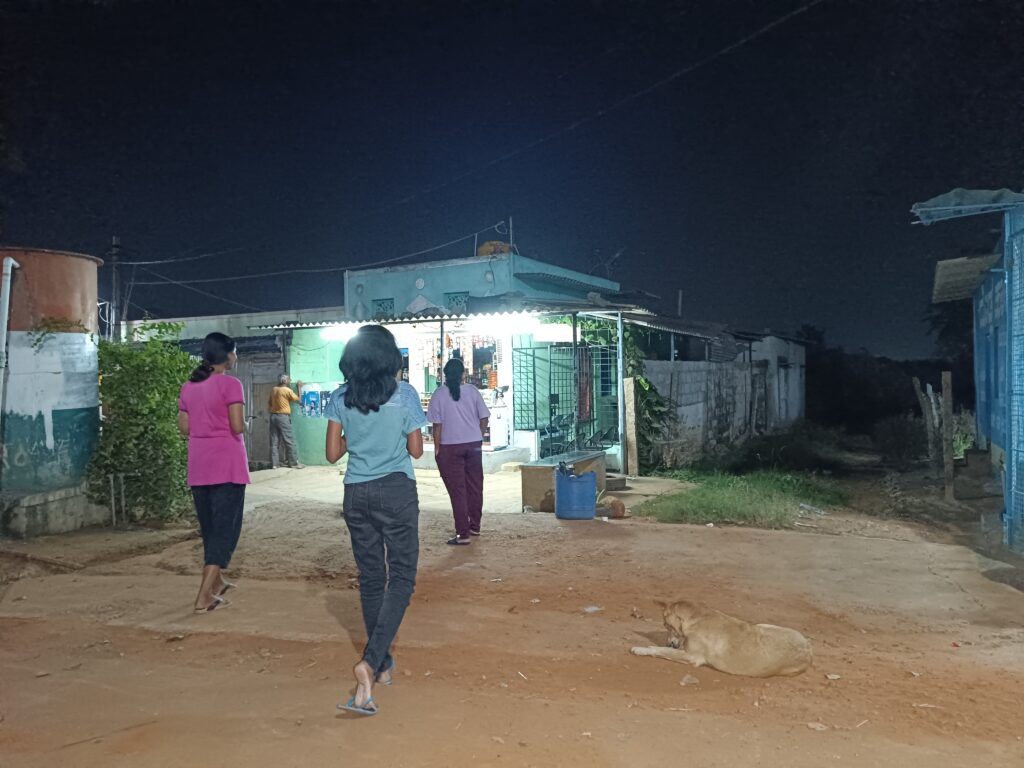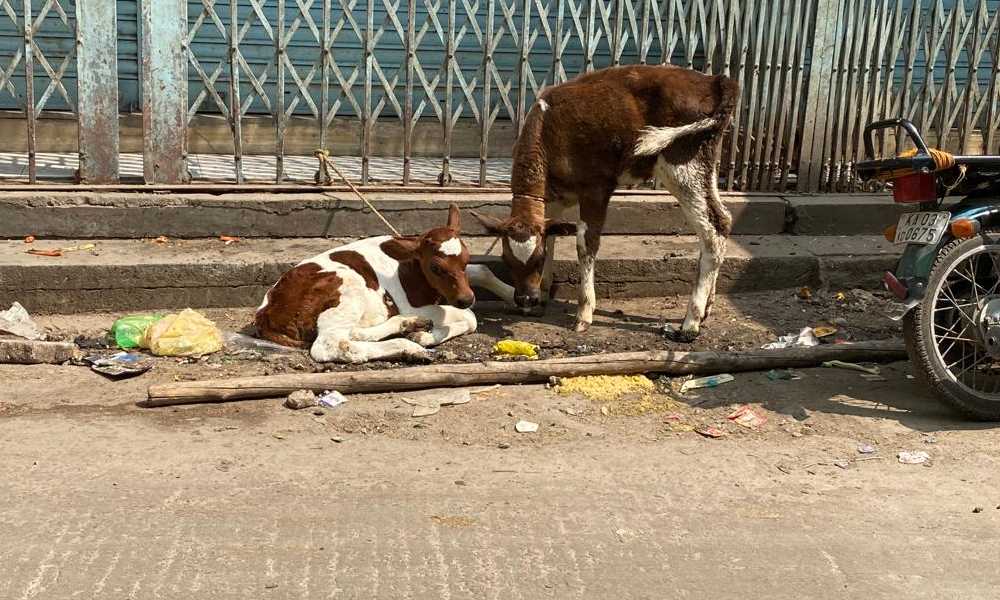Increased public awareness about animal rights and better management of stray population by authorities can help curb animal cruelty incidents in the city, say experts.
Karnataka and Bangalore continue to witness incidents of animal cruelty despite being recognised as one of the most pet-friendly cities. According to data from the Animal Welfare Board of India (AWBI), the state reported approximately 90 cases of animal cruelty in 2022, a significant increase from the 50 cases documented in 2021 and 15 cases reported in 2020. While officials said that this trend highlighted the need for increased awareness regarding animal rights among the public, residents feel that authorities should prioritise implementing more effective strategies to manage the growing population of stray animals in the city.
An official from the Karnataka Animal Welfare Board (KAWB) said that the majority of animal cruelty cases reported in the state involved dogs and birds. “These animals often fall victim to illegal breeding and sales operations and are held in unhygienic and cramped shelters,” she said. Even the act of removing animals from their natural habitats and relocating them is considered a form of cruelty, she added. Upon receiving complaints through helpline numbers, appropriate legal actions are initiated against the wrongdoers, depending on the severity of the offence, she said. The Prevention of Cruelty to Animals Act, 1960, and the Wildlife Protection Act, 1972, are in place to safeguard the well-being of animals, she added.
Similar to humans, animals also have basic needs and instincts. They require food and water, as well as a secure shelter where they can feel safe withoutany fear or pain, she said. “It is only when these fundamental needs are compromised that animals, including wild ones, may exhibit aggressive behaviour,” she further explained. A particularly cruel practice is the devocalisation of animals, notably dogs, in an attempt to silence their barking. This not only goes against their instinct to express themselves but also inflicts unnecessary harm, she added. “Increased awareness among the public about animal rights and their needs can create a more harmonious coexistence between humans and animals, potentially reducing instances of human-animal conflict and cruelties,” she said.

An official from Compassion Unlimited Plus Action (CUPA), an animal welfare organisation, said that the city saw a rise in animal cruelty incidents after the pandemic. According to CUPA’s data, they responded to 358 cases of animal cruelty in 2021 and 425 in 2020, surpassing the 129 cases attended in 2019. She attributed this surge in cruelty cases post-pandemic to the instances of abandonment. “During the pandemic, there was a notable rise in pet adoptions and purchases. Unfortunately, post-pandemic, many individuals abandoned these pets contributing to the overall spike in animal cruelty cases in the city,” she said.
The complaints received by the organisation primarily involve instances of cruelty towards dogs and cats, she said. These reports include animals being confined for extended periods without access to food. Cases of deliberate harm inflicted on animals, including attacks with stones and sticks, dousing them with water, and even incidents of intentionally running over them with vehicles are also reported, she added. Other cases include complaints from pet owners who face opposition from other residents to raising pets in apartments or from citizens who are prevented from feeding stray animals, she said.
Sandhya, a college student said, “When encountering a dog or cat, be it a stray or domesticated one, my immediate response is to keep a safe distance or choose an alternative path until they move away.” However, fear of animals, she feels, does not justify resorting to aggression with objects like stones or sticks unless they pose a direct threat.
Suvarna, another college student, had more to add. “Addressing animal rights is important, but it’s equally crucial to ensure the unrestricted movement of humans, which is often hindered by the menace of stray dogs due to inefficient management by authorities,” she said. While our intention is never to harm these animals, navigating the streets can be scary, particularly at night, she said. “Striking a balance between our consideration for animals and the authorities’ responsiveness to our safety concerns is essential for creating safe public spaces for humans,” she added.
Chithra, a homemaker, said that animal cruelty can be seen on many levels. “For some, keeping animals in a zoo is animal cruelty while for some eating meat is animal cruelty. Animal cruelty is not just limited to the dogs, cats, and cattle that we see around us. It also extends to the wild animals that lost their natural habitat to urbanisation,” she said. Hence, people should be more open to understanding the needs of animals and move away from the basic instinct of hurting them even when they pose no threat, she added.

The official from CUPA said that while there is a growing understanding among people about animal cruelty and the need to report it, there is a long way to go. Lack of awareness among people about the needs and rights of animals and belief in certain myths are the major causes for such actions, she said. The official from KAWB urged people to treat animals with kindness and understand the importance of co-existence. This would require more awareness among people about the guidelines and laws in place for animal protection, she said. “Animals, just like humans, need to be treated in the right way,” she added.




